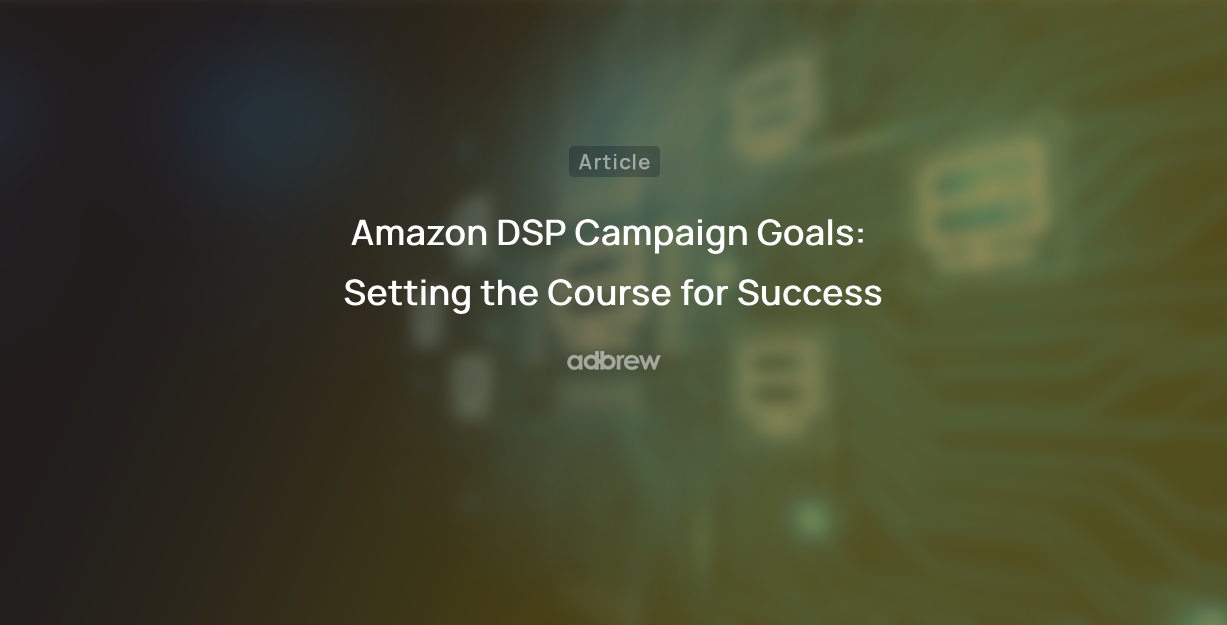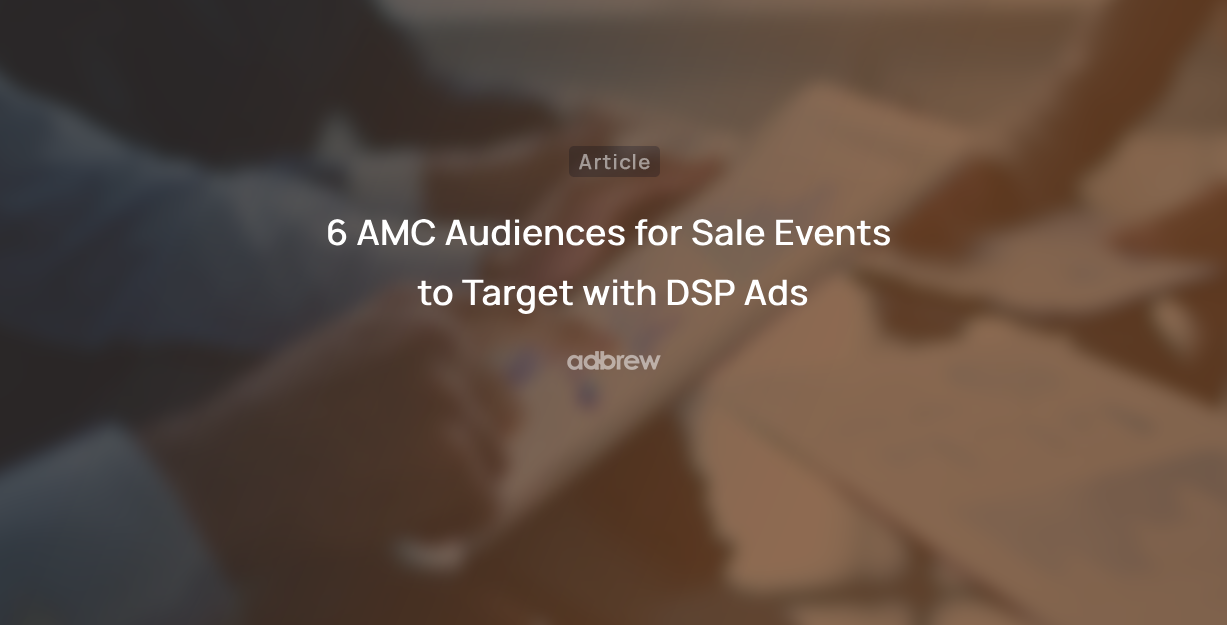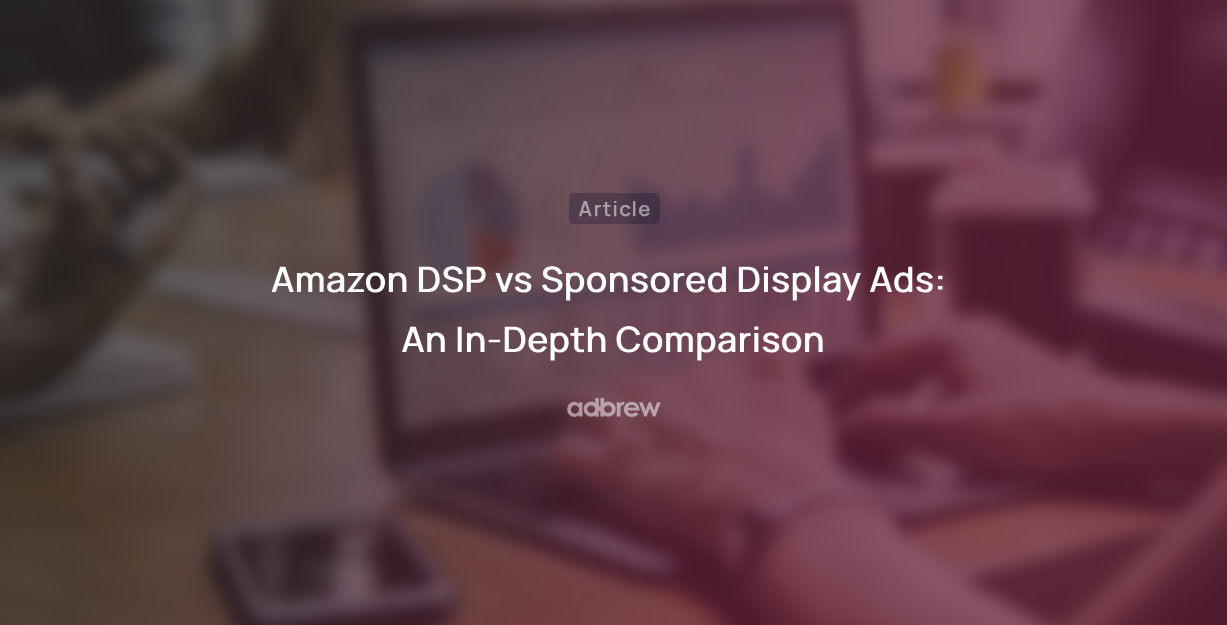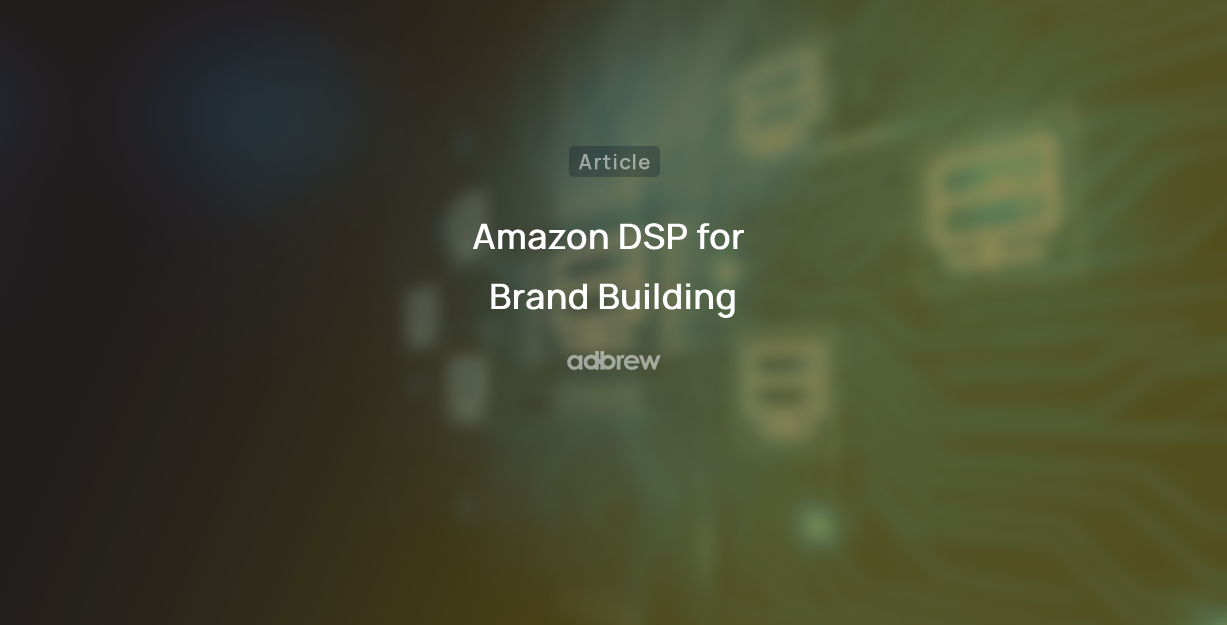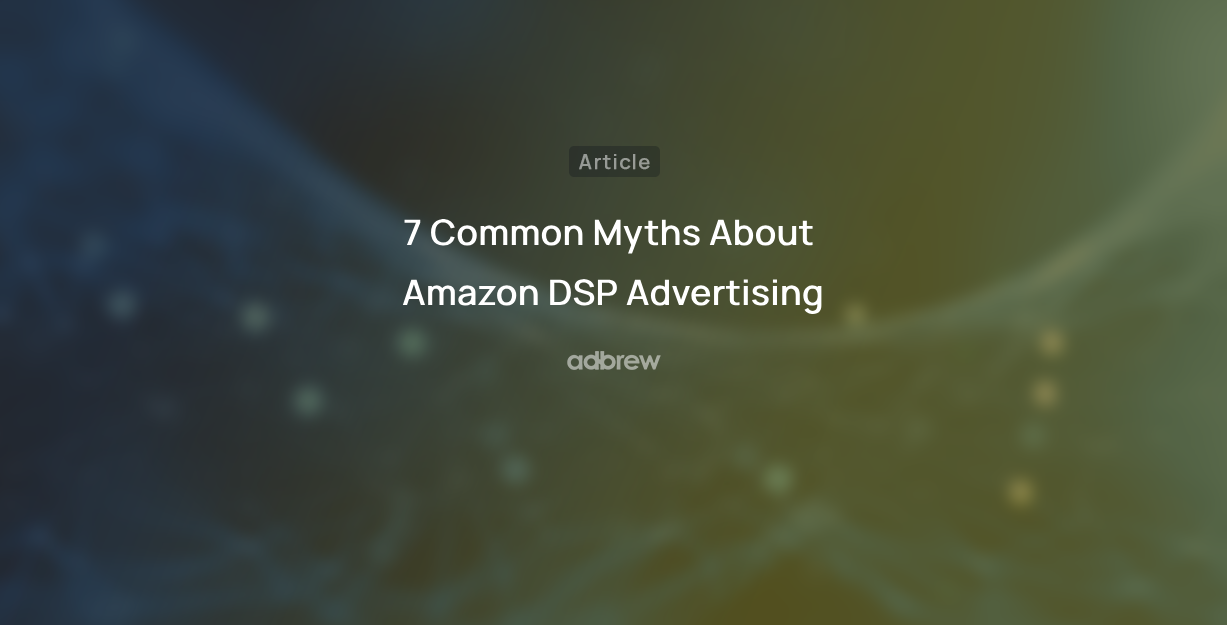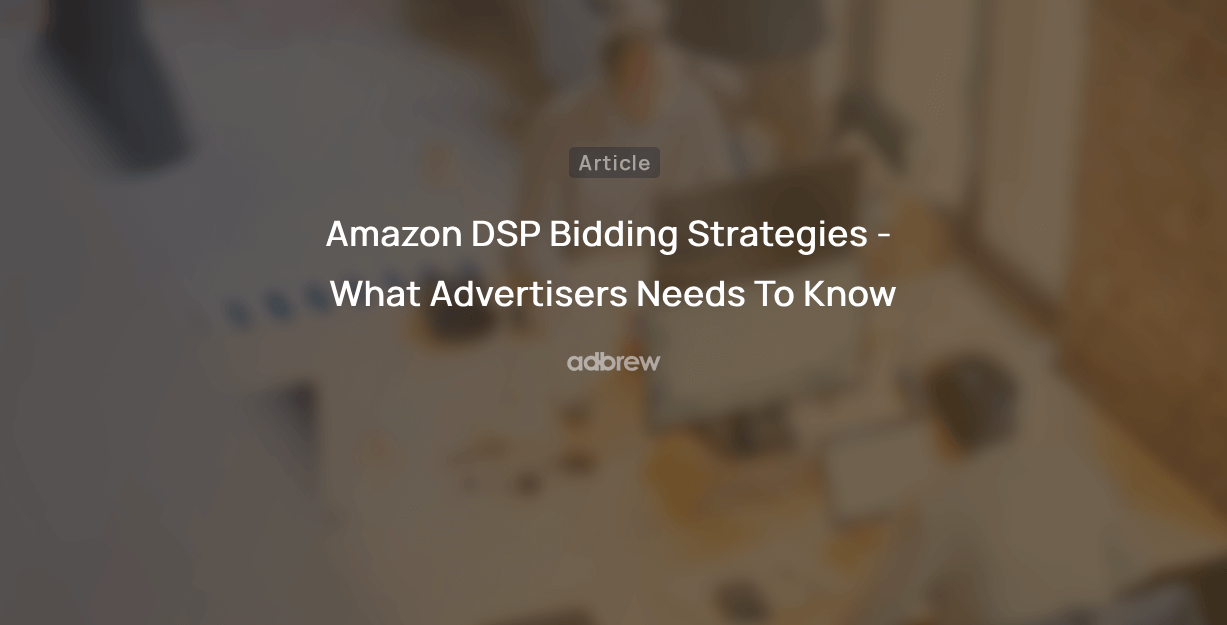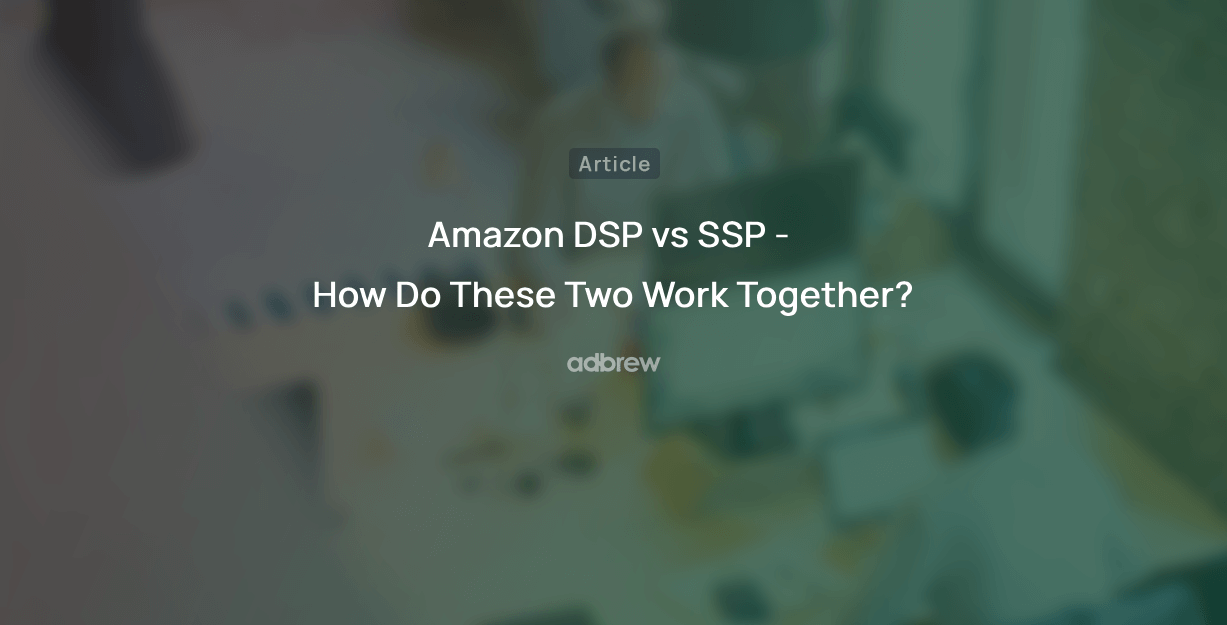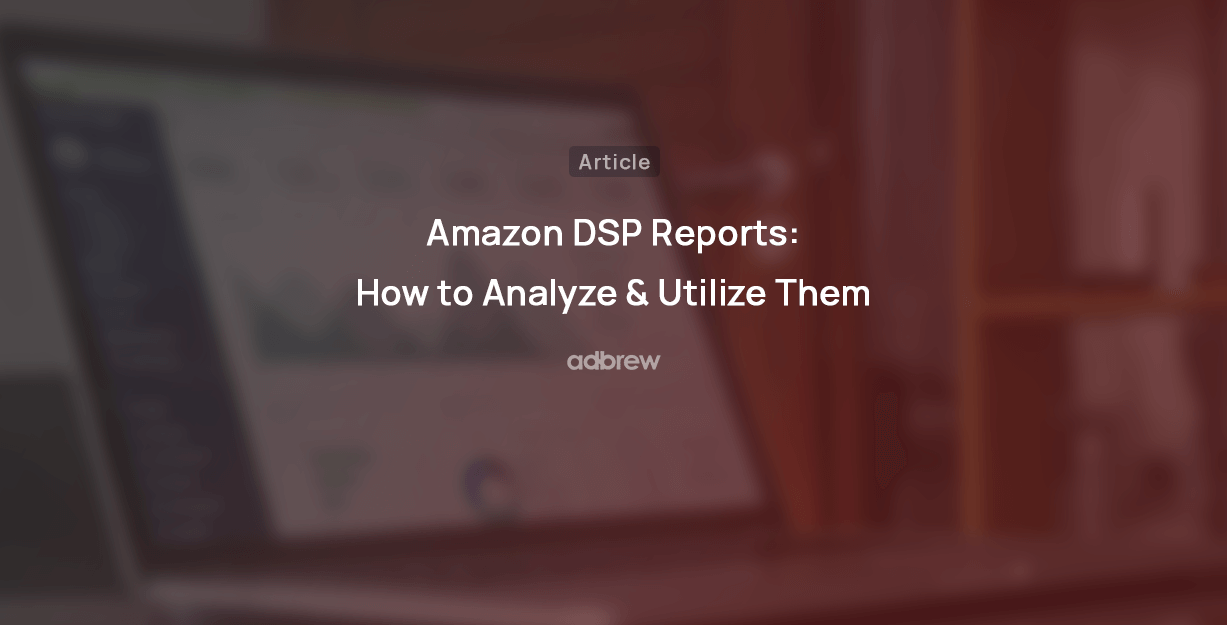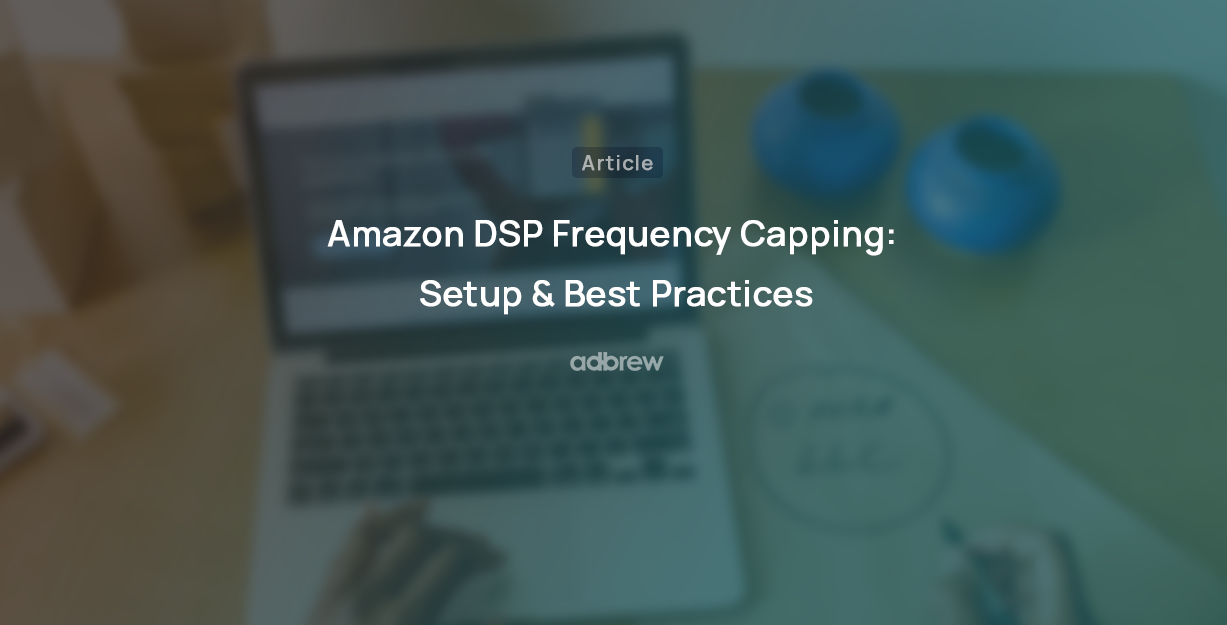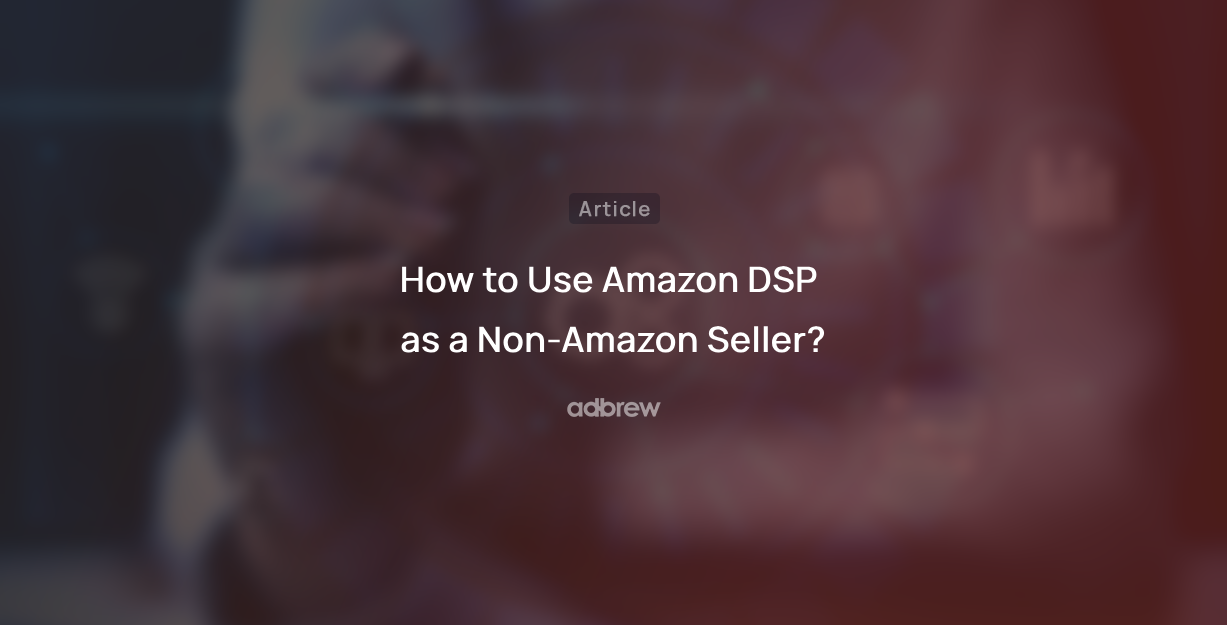
Are you a non-Amazon seller looking to tap into the power of Amazon’s advertising network?
Amazon DSP, their Demand-Side Platform, unlocks a massive audience for any business, regardless of whether you’re listed on their marketplace.
In this blog, we’ll dive deep into how non-Amazon sellers can leverage Amazon DSP to reach a massive audience, build brand awareness, and drive traffic to their own websites.
What is Amazon DSP?
Amazon DSP is a programmatic advertising platform enabling advertisers to purchase display and video ad space programmatically, both on and off of the Amazon ecosystem. It provides access to Amazon’s exclusive audience data, allowing advertisers to target their ads to specific customer demographics, interests, and behaviors.
Benefits for Non-Amazon Sellers
Although Amazon DSP is primarily tailored for Amazon sellers, non-Amazon vendors can also leverage its advanced targeting capabilities and extensive reach. Here are some key advantages:
- Access to Amazon’s Audience: With its vast user base and invaluable insights into consumer behavior, Amazon provides a prime opportunity for non-Amazon sellers to tap into. By utilizing Amazon DSP, these sellers can target potential customers based on their shopping habits, search history, and purchase intent.
- Increased Visibility: With Amazon DSP, you can reach customers across the web, including popular websites, apps, and devices. This expanded reach allows non-Amazon sellers to increase brand visibility and drive traffic to their own e-commerce platforms or retail stores.
- Advanced Targeting Options: Amazon DSP offers various targeting options, including demographic targeting, interest targeting, and behavioral targeting. Non-Amazon sellers can use these features to tailor their ad campaigns to target customers in specific audience segments, ensuring their messages resonate with the right people.
- Flexible Ad Formats: Whether you prefer display ads or video and audio ads, Amazon DSP supports a variety of ad formats to suit your advertising goals. From static banners to immersive video experiences, you can choose the format that best showcases your products or services.
- Access to Amazon Marketing Cloud: Amazon Marketing Cloud (AMC) serves as a secure, cloud-based analytics tool for advertisers. It allows you to consolidate data from Amazon Ads, Amazon DSP, and other marketing channels into one comprehensive platform for analysis.
How a Non-Amazon Seller Can Access Amazon DSP?
Now that you know what Amazon DSP is all about and why is it beneficial, let’s understand how you can leverage it.
Create an Amazon DSP Account:
Head over to the Amazon DSP website and initiate the application process, providing basic details about your business and advertising goals.
Set Up Your Campaign:
Once approved, you’re ready to create your first campaign! Define your objectives – are you aiming for brand awareness, increased website traffic, or lead generation? Set a budget that aligns with your goals and campaign duration
Define Your Audience:
Define the audience whom you want to target in your ad campaigns. Here are some of the most popular targeting options available in Amazon DSP.
- Demographic Targeting: Reach users based on age, gender, income, household size, parental status, and education level. This helps you tailor your message to specific demographics relevant to your product or service.
- Behavioral Targeting: Go beyond demographics and target users based on their online behavior and interests. Amazon DSP offers options like targeting users with specific browsing history, past purchases, and product category affinity.
- Lifestyle Targeting: Target users based on their lifestyle choices and interests. This could include targeting users interested in fitness, travel, cooking, or any category relevant to your brand.
- In-Market Audiences: Reach users who are actively researching and considering products or services similar to yours. Amazon can identify these users based on their recent search queries and browsing behavior.
- Lookalike Audiences: Create a new audience similar to your existing customer base or website visitors. This allows you to expand your reach to users with similar characteristics who are likely to be interested in your offerings.
- Contextual Targeting: Display your ads on websites and apps that are relevant to your target audience and the message you want to convey. This reinforces brand awareness and positions your product in relevant online environments.
- Utilize Third-Party Data: Amazon DSP allows integrating data from other sources to further refine your targeting. This can include demographic, behavioral, and purchase data from reputable data providers.
Design your ads:
Create compelling ad creatives that capture the attention of your target audience. Whether you’re designing static banners or video ads, make sure your ads are visually appealing and aligned with your brand identity.
Launch and Optimize Your Campaign:
With your campaign live, keep a close eye on its performance using Amazon DSP’s detailed analytics. Track key metrics and make adjustments as needed to optimize your campaigns for maximum impact.
Evaluating the Performance
You can utilize a DSP pixel to monitor all activities on their website.
Here’s the procedure:
- Generate conversion tags suitable for insertion in the header and body sections of your website.
- Now, whenever someone clicks on your ad, the conversion tracking tag traces the user’s engagement with your website and appears in your DSP advertising console.
Bonus Tips
To make the most of Amazon DSP as a non-Amazon seller, consider the following tips:
- Know Your Audience: Take advantage of Amazon’s audience insights to understand your target audience better. Use this information to refine your targeting criteria and tailor your messaging accordingly.
- Test and Iterate: Experiment with different ad formats, creatives, and targeting strategies to see what resonates best with your audience. Don’t be afraid to iterate and optimize your campaigns based on performance data.
- Focus on Quality: Invest in high-quality ad creatives that reflect your brand’s values and resonate with your target audience. Well-designed ads are more likely to grab attention and drive engagement.
- Track Key Metrics: Pay attention to key performance metrics such as click-through rate, conversion rate, and return on ad spend (ROAS). Use this data to measure the effectiveness of your campaigns and identify areas for improvement.
Ready to get started with Adbrew?
Use Adbrew's AMC dashboard to view new-to-brand metrics for all your sponsored and DSP campaigns with ease.
Conclusion
Amazon Demand Side Platform offers non-Amazon sellers a powerful platform to expand their reach, drive sales, and increase brand visibility. By leveraging Amazon’s first-party audience data and advanced targeting capabilities, you can create highly targeted ad campaigns that resonate with your target audience. By strategically planning, executing creatively, and continuously optimizing, you can fully leverage Amazon DSP to meet your advertising objectives.
Frequently Asked Questions:
Amazon DSP offers two options: managed service and self-service. With managed service, Amazon oversees your DSP account and mandates a minimum spend of $50,000 per month. On the other hand, self-service does not entail any minimum investment requirement.
No, Sponsored Display is not the same as Amazon DSP. Sponsored Display is a self-service advertising solution within Amazon Sponsored Ads Advertising, while Amazon DSP (Demand-Side Platform) is a more comprehensive advertising platform offering both managed and self-service options for display and video advertising across various channels, including Amazon-owned and external sites. Sponsored display advertising leads customers to the product detail page while Amazon DSP can lead to both Amazon product detail page and external brand’s websites.
Even though you’re not an Amazon seller, your ads can still be displayed on a massive network. This includes Amazon’s owned-and-operated websites and apps like IMDb and Amazon.com itself. You can also leverage Amazon Publisher Services (APS) and third-party exchanges to reach a wider audience on various publisher websites.
Amazon prohibits advertising certain categories like gambling or adult products. However, beyond those, you can promote a wide range of products and services, even if they compete with items on Amazon.
Related Blogs
With the advent of Amazon Marketing Cloud (AMC), optimizing ad campaigns has become more versatile than ever. One notable feature […]
Amazon DSP, a Demand-Side Platform, allows advertisers to target audiences accurately using Amazon’s extensive shopper data. But before starting a […]
Amazon’s Demand-Side Platform (DSP) has become a game-changer for advertisers seeking to reach a massive audience of engaged shoppers. However, […]
Having spent considerable time working with Amazon DSP ads, we’ve observed a common challenge: achieving and measuring optimal results from […]
Are you a non-Amazon seller looking to tap into the power of Amazon’s advertising network? Amazon DSP, their Demand-Side Platform, […]
Sale events are all about reaching the right customers at the right time. But with so many promotions bombarding shoppers, […]
Amazon offers two different display advertising options for sellers: Sponsored Display ads and Amazon DSP ads. Selecting the right one […]
In today’s digital world, building a strong online brand is crucial for businesses of all sizes. While Amazon advertising solutions […]
Amazon Demand Side Platform unlocks programmatic advertising across many channels in the vast Amazon ecosystem and beyond, but often gets […]
Feeling trapped in the challenges of Amazon Sponsored Ads? Limited to engaging only with customers actively searching for your brand […]
If you are selling on Amazon, having a well-crafted remarketing strategy in place becomes crucial. Imagine re-engaging with potential customers […]
In digital advertising, Amazon DSP has emerged as a powerful tool for businesses to connect with their target audience and […]
Unlike Sponsored Ads, Amazon DSP offers the flexibility to run campaigns that guide users to either Amazon or non-Amazon destinations. […]
Whether you’re an advertiser seeking to connect with engaged shoppers worldwide or a publisher looking to monetize your ad inventory […]
Are you just starting with Amazon DSP (demand side platform) and feeling a bit lost in how to create Amazon DSP campaigns? We […]
Are you an e-commerce business owner looking for new and interesting methods to reach out to potential customers? Look no […]
We all utilize many different DSP ad types and targeting options available to advertisers in Amazon DSP. But how do […]
Amazon DSP (demand side platform) provides a multitude of targeting options, ranging from customer demographics, and behavioral targeting to contextual […]
Every advertiser wants their ads to reach a broad audience. However, showing an ad too many times to one person […]
With more and more shoppers turning to Amazon for online shopping, it is obvious why brands don’t want to limit […]


